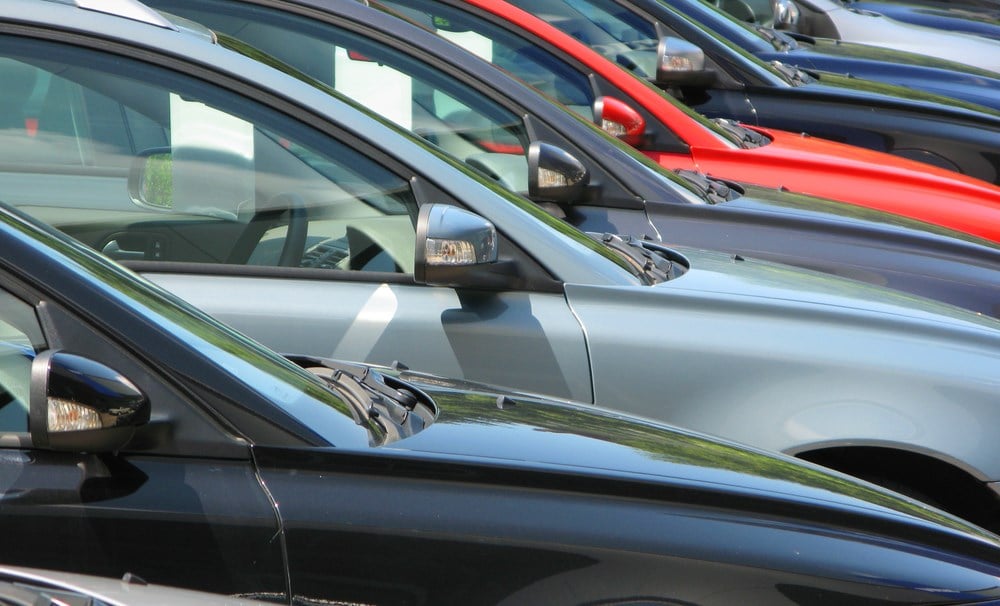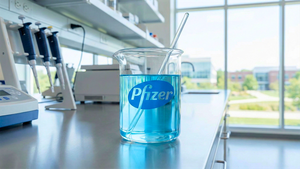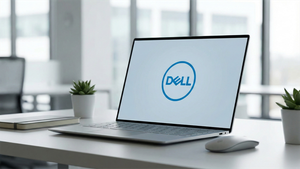
The vehicle market for Americans has been a nightmare for the past two quarters, and it is likely moving onto three. As low rates and cheap loans pushed inventory for new vehicles toward dangerously low levels, coupled with a chip and semiconductor shortage completely disrupting new inventory from being delivered as usual, consumers in the market for a car were cornered into looking at exclusively used vehicles since those were the only lots that seemed to carry inventory during these tightened times.
The dynamic of today remains difficult still, as most new car dealerships are having to ship newly ordered cars with a backlog lag time of up to three months, and even more in some cases, customers are settling for these new norms as inflation surges on and interest rates make car loans more expensive; the cooling demand for vehicles has affected the used car market in a mirror image to the latter half of 2022, as today used car values are declining. New car demand is starting to recover somewhat.
Car dealers like CarMax (NYSE: KMX) and Carvana (NYSE: CNVA) have seen their stock prices slashed throughout the year as these names held mainly used vehicles in their inventories ensuing decline in values adversely affected their balance sheets. However, today, AutoNation (NYSE: AN) reported earnings for the first quarter of 2023, and the stock price has found a firmer footing than seen within the peer group.
The Answer is in the Stock Price
Shares of Carvana have declined by 97% since their peak in 2021, and CarMax stock price has followed a similar path by falling from its 2021 peak by 57%. Carvana has suffered the adverse effects of overleverage and holding a vast majority of its inventory in used vehicles, which, as mentioned, has seen a massive write-down in value. CarMax ran ahead of Carvana, but it could not hide from the market downturn.
By deriving a balanced 44% and 36% of revenue from new and used vehicles, respectively, AutoNation can effectively diversify its inventory against too wild of a swing in either. By this exact nature, Carvana's financials show a relatively higher swing in revenues compared to AutoNation, which reported only a -4.4% decline in revenues during the COVID-19 pandemic and a steady growth rate moving forward.
AutoNation shares have seen a relatively smooth sail in the comparable period; while peers declined by high double-digit percentages from 2021-2023, AutoNation rallied by 75%. The business's financials may give investors a more explicit explanation for this behavior and why there are still bullish AutoNation analyst ratings.
What Matters for Shareholders
The first quarter of 2023 delivered a 5.2% revenue decline annually due to some consumers backing out or postponing a car purchase; as inflation stays elevated and car financing costs rise, further revenue declines may continue in the near future. Despite a smaller top line, AutoNation reported a record earnings per share figure of $6.07 aided by an aggressive share buyback program which retired 15 million shares from the open market.
An ability to buy back shares aggressively results from strong operating cash flow results, which came in at $511 million for the quarter; such strength can be attributed to the offsetting effects of AutoNation's "after sales" business which balanced the slower vehicles sales experienced. The after-sales business segment comprises pit stop maintenance, multi-point inspections, and vehicle financing and sanitation; this segment created $1 billion in revenue, carrying an internal 46.9% gross margin versus the overall company's 20.1%.
Healthy and steady cash flow generation within the firm has allowed for a favorable liquidity position, especially compared to a peer like Carvana, of $1.6 billion available on a credit facility and an additional $50 million in cash and cash equivalents. Further stabilizing metrics include a leverage ratio (total assets divided by total equity) of 1.82x, which is well below their debt-covenant limit of 3.75x; additionally, the car dealer's balance sheet is carrying a capitalization ratio (liabilities divided by equity) of 61.3% also below the covenant of 70%.
New Car Smell, Bullish
Now that investors can find firmer footing concerning AutoNation and the underlying qualities backing the company, it is time to sit down with the finance department and see how much an investment may cost. The stock can showcase potential at these prices by trading at a 4.8x price-to-earnings ratio, historically (and pre-pandemic), within a range of 14-16x.
Now that the latest rally is taking a breather around the $125-$130 support range, investors can also take a break to digest just what the latest earnings mean for the company and how the future of the new and used car market may affect financials moving forward.





